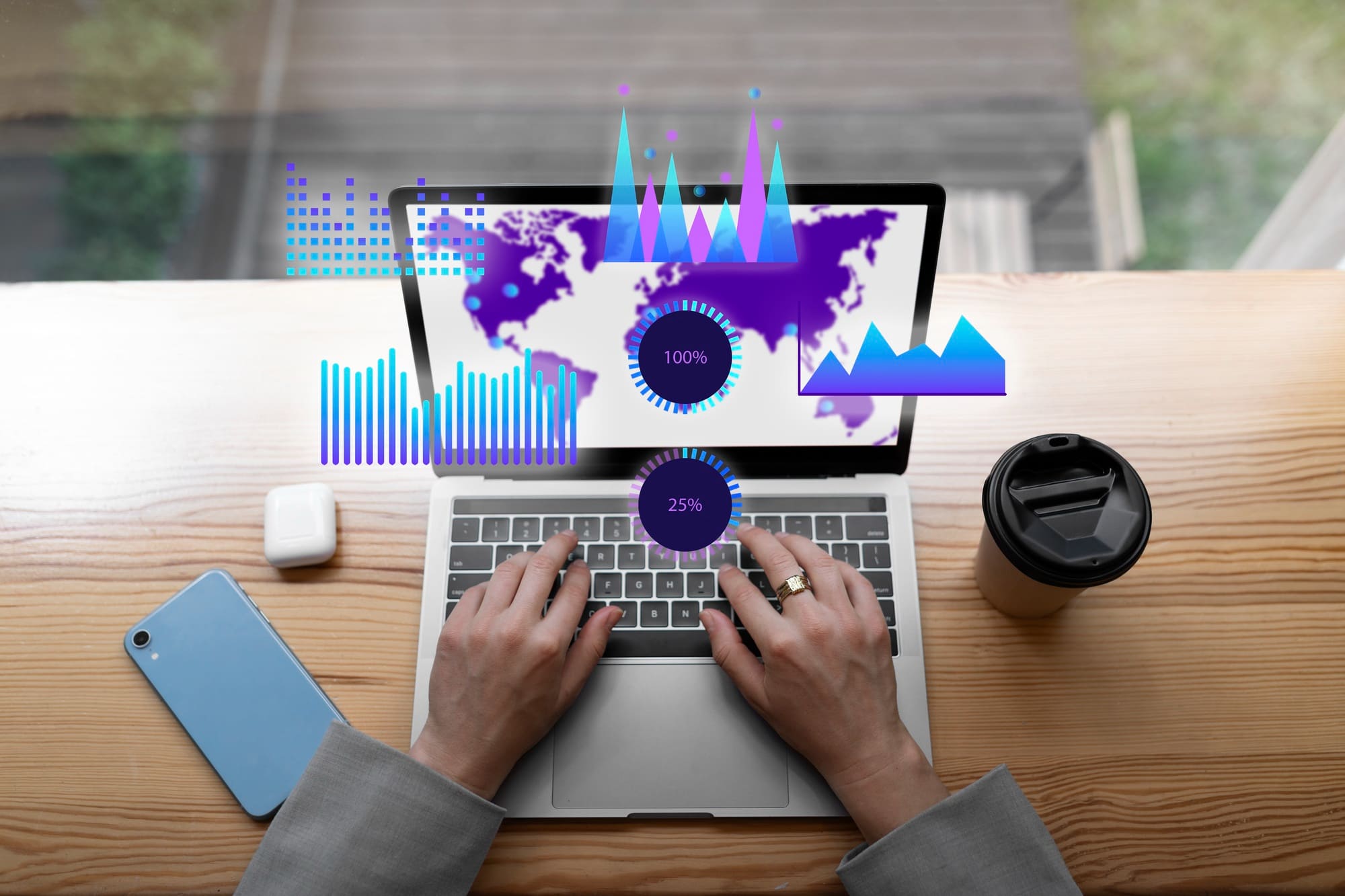What is First-Party Data?
First-party data refers to the information that businesses collect directly from their audience through owned channels such as websites, apps, CRM systems, social media, and customer surveys. This data includes:
-
Website and app interactions
-
Purchase history
-
Email subscriptions and responses
-
Customer feedback and surveys
-
Loyalty program data
Unlike third-party data, which is sourced from external providers, first-party data is more accurate, reliable, and compliant with privacy regulations.
The Advantages of First-Party Data in Marketing
1. Enhanced Personalization & Customer Experience
By analyzing first-party data, businesses can gain deeper insights into customer preferences, behaviors, and needs. This enables brands to deliver highly personalized marketing campaigns, improving engagement and conversion rates.
2. Increased Data Privacy & Compliance
With regulations like GDPR and CCPA imposing restrictions on data collection, relying on first-party data ensures compliance while maintaining consumer trust. Since customers willingly share this data, businesses can use it without violating privacy laws.
3. Better Audience Segmentation & Targeting
First-party data allows marketers to create precise audience segments based on actual customer behavior rather than assumptions. This results in more effective ad targeting and improved customer retention.
4. Higher ROI & Cost Efficiency
Since first-party data is collected directly from users, businesses save costs associated with purchasing third-party data while achieving higher engagement rates due to improved targeting and relevance.
5. Omnichannel Marketing Integration
With first-party data, businesses can connect insights across multiple touchpoints—email, social media, website interactions, and offline transactions—to create a seamless customer journey.
How to Leverage First-Party Data for Marketing Success
1. Build a Robust Data Collection Strategy
Invest in tools like Customer Relationship Management (CRM) systems, Customer Data Platforms (CDPs), and analytics software to gather and organize first-party data effectively.
2. Personalize Content & Campaigns
Use collected data to tailor email marketing, website content, product recommendations, and advertising messages based on user preferences and past interactions.
3. Optimize Paid Advertising with First-Party Data
Utilize first-party data in platforms like Google Ads and Facebook Ads to create lookalike audiences and retarget website visitors, leading to more cost-effective and impactful ad campaigns.
4. Strengthen Customer Relationships
Implement loyalty programs, interactive surveys, and exclusive offers to encourage customers to share more valuable data while deepening brand engagement.
5. Continuously Analyze & Improve
Regularly track and analyze customer interactions and campaign performance to refine strategies and optimize results over time.
Final Thoughts
First-party data is the key to unlocking sustainable business growth in a privacy-focused digital era. By harnessing its power, businesses can build stronger customer relationships, drive personalized marketing, and achieve higher ROI—all while ensuring compliance with evolving data regulations.
Are you ready to take your marketing strategy to the next level? Start leveraging first-party data today to drive impactful results!




